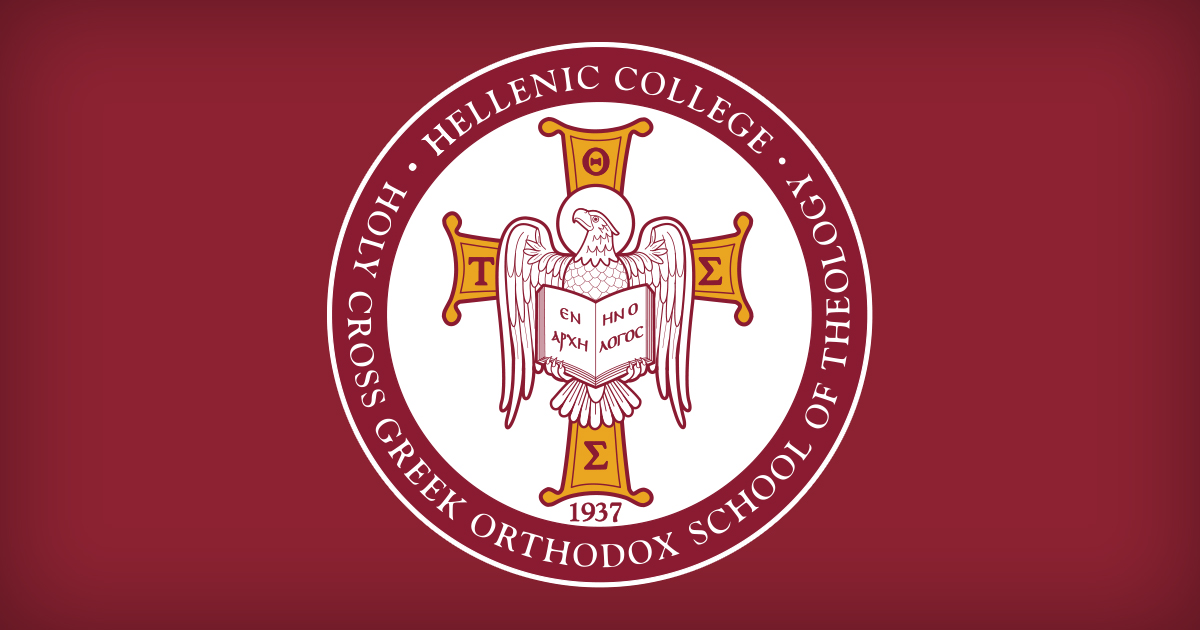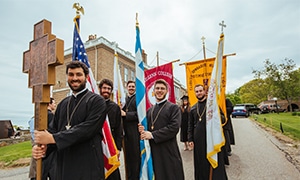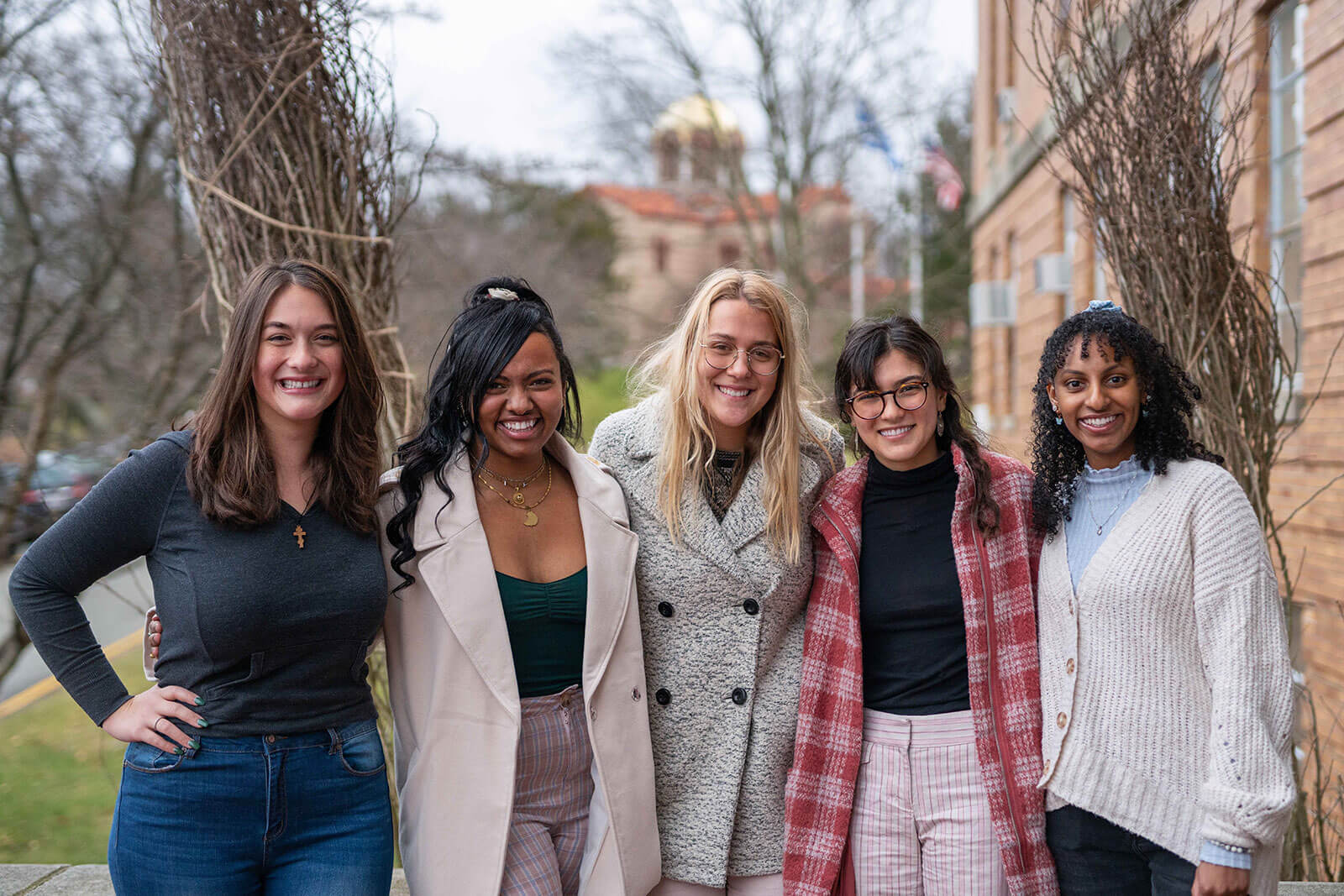HELLENIC COLLEGE HOLY CROSS GREEK ORTHODOX SCHOOL OF THEOLOGY STATEMENT ON THE CONVERSION OF HAGIA SOPHIA TO A MOSQUE

Hellenic College Holy Cross Greek Orthodox School of Theology strongly protests the decision of the Turkish government to turn Hagia Sophia into a mosque. This decision strikes at the core of religious and cultural sensitivities and identities, and we are opposed to it on moral, ethical, cultural, and religious-freedom grounds.
The history of the edifice is well known. Constructed in the sixth century, the site on which Hagia Sophia now stands was home to two earlier Orthodox Christian churches, both also dedicated to Hagia Sophia—the Holy Wisdom of God. After the two earlier churches were destroyed by fire, the Emperor Justinian built the current church that became the most important Christian house of worship in the world for nearly a thousand years. When the Ottoman Turks conquered Constantinople in 1453, Hagia Sophia was turned into a mosque by the Sultan.
In 1934, Hagia Sophia became a museum and eventually a Unesco World Heritage site. For nearly 90 years, the church has been open to any and all people of faith or people of no faith at all. Its status as a museum has allowed for some of the most important discoveries of Byzantine art and iconography. Beginning in the 1930s, systematic examinations of the building undertaken by Turkish archaeologists and teams of international art historians and scholars brought to light the history of the church. There is no doubt that such discoveries and studies would not have taken place had not the building been designated as a museum.
Consistent with Turkish practice and Islamic law, Hagia Sophia will continue to be open to non-Muslim visitors. However, the claim that Hagia Sophia’s sacred icons will not be covered over seems disingenuous. As a mosque, Hagia Sophia will have its sixth-century marble floors covered with prayer rugs, as is the Islamic tradition. These floors are unique in the eastern Mediterranean world. What will be the fate of the large, ninth-century mosaic of the Mother of God holding Christ on her lap, which adorns the central apse of the building? What will be the fate of the monumental Seraphs that cover the four pendentives under the main dome? What will be the fate of the mosaic in the lunette over the main doors that depicts Christ enthroned with an emperor kneeling before him in supplication? What will be the fate of the thirteenth-century mosaic in the southeast gallery that preserves perhaps the finest mosaic depiction of Christ from the entire Byzantine period, along with images of the Virgin and John the Baptist?
The land of Turkey is the home of several historically significant cultures. Ancient Hittite settlements, Hellenistic ruins, Roman temples, Byzantine monuments, Seljuk and Ottoman buildings, have all been preserved and respected by the Turkish people and government. However, the same respect shown to these cultural monuments has begun to fade with respect to Byzantine churches. Beginning with the conversion of the Hagia Sophia church in Trebizon in 2013, the Turkish government has systematically turned Byzantine churches into mosques. More recently, approval was given for turning the famous Monastery of the Chora (Kariye Camii) into a mosque. This magnificent church, filled with mosaics and frescos, contains some of the most outstanding examples of Orthodox Christian iconography produced during the late Byzantine period (13-15th centuries). The pattern is clear: the removal of any trace of Christian Byzantium from Turkey.
The decision to turn Hagia Sophia into a mosque, after nearly a century as a landmark museum displaying its joint Christian and Islamic heritage, is a deeply offensive act that is morally indefensible. It reflects the insensitivity of Turkey’s current leadership to non-Muslim religious traditions and sends a message to the world that Turkey is for Muslim Turks. It is a sad day for humanity in the twenty-first century when old military conquests continue to be relived and revived centuries later without recognition of the cultures and monuments those victories tried to destroy.
 MyHCHC
MyHCHC



